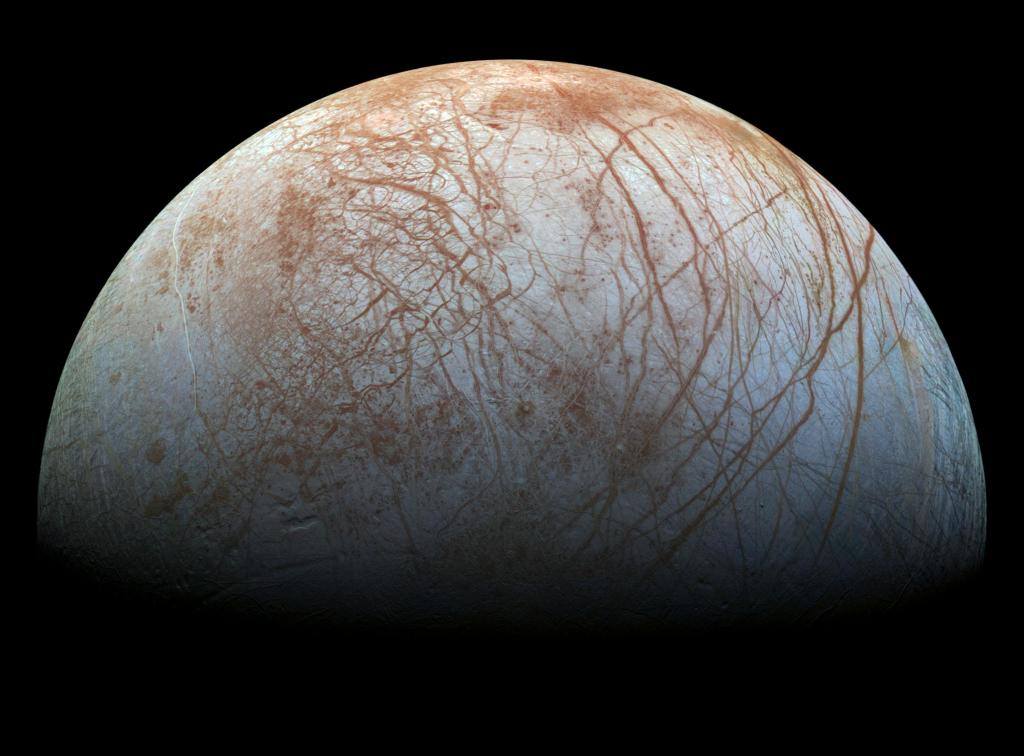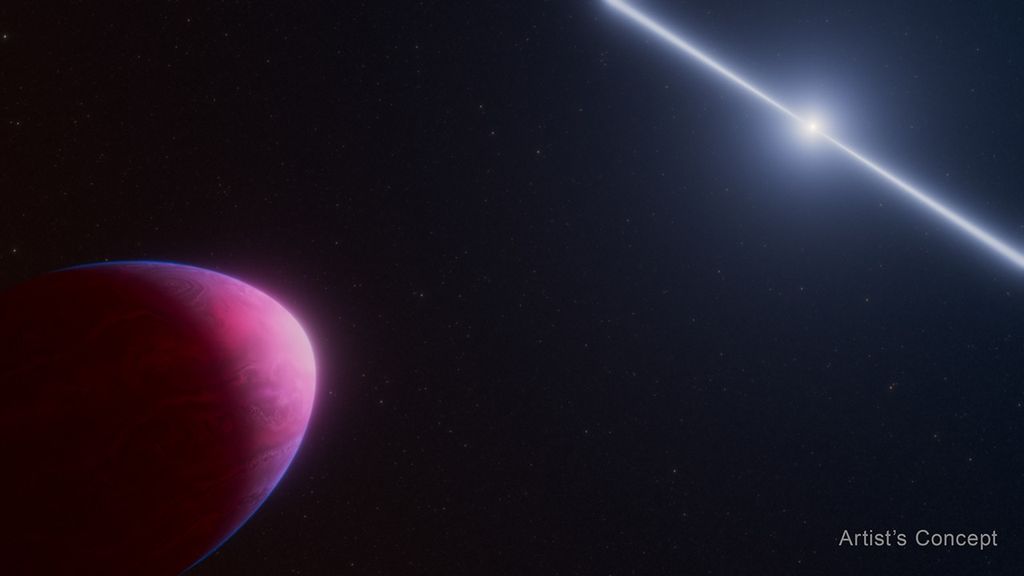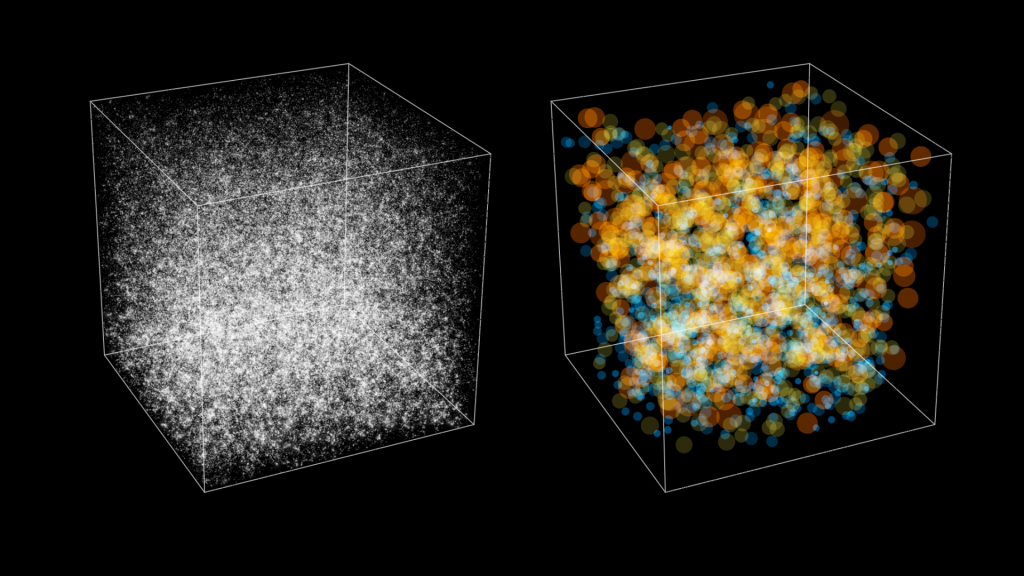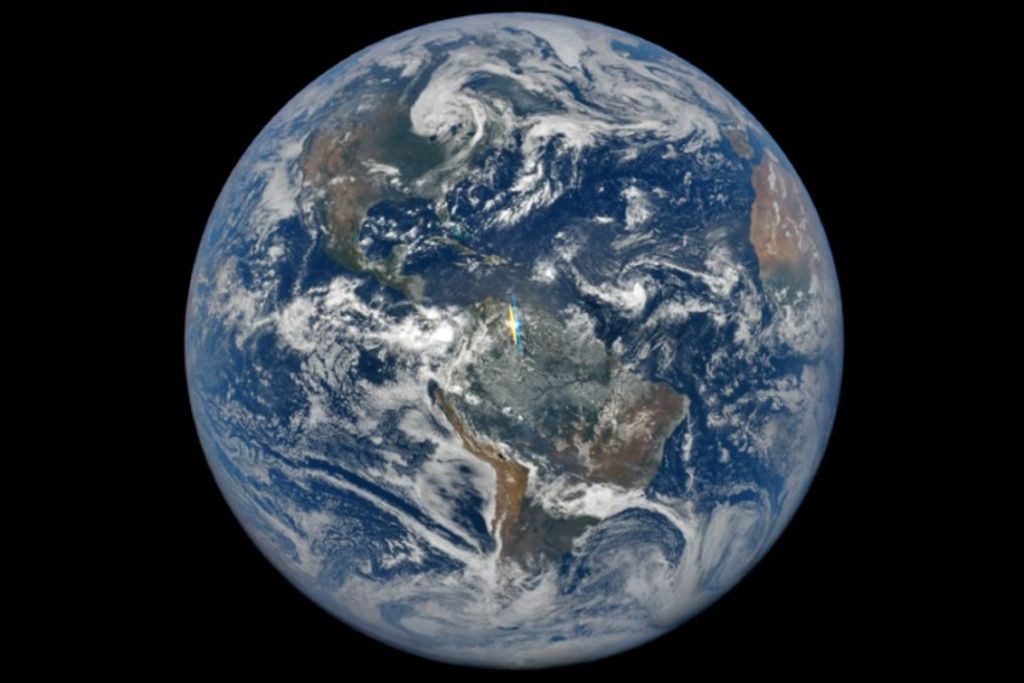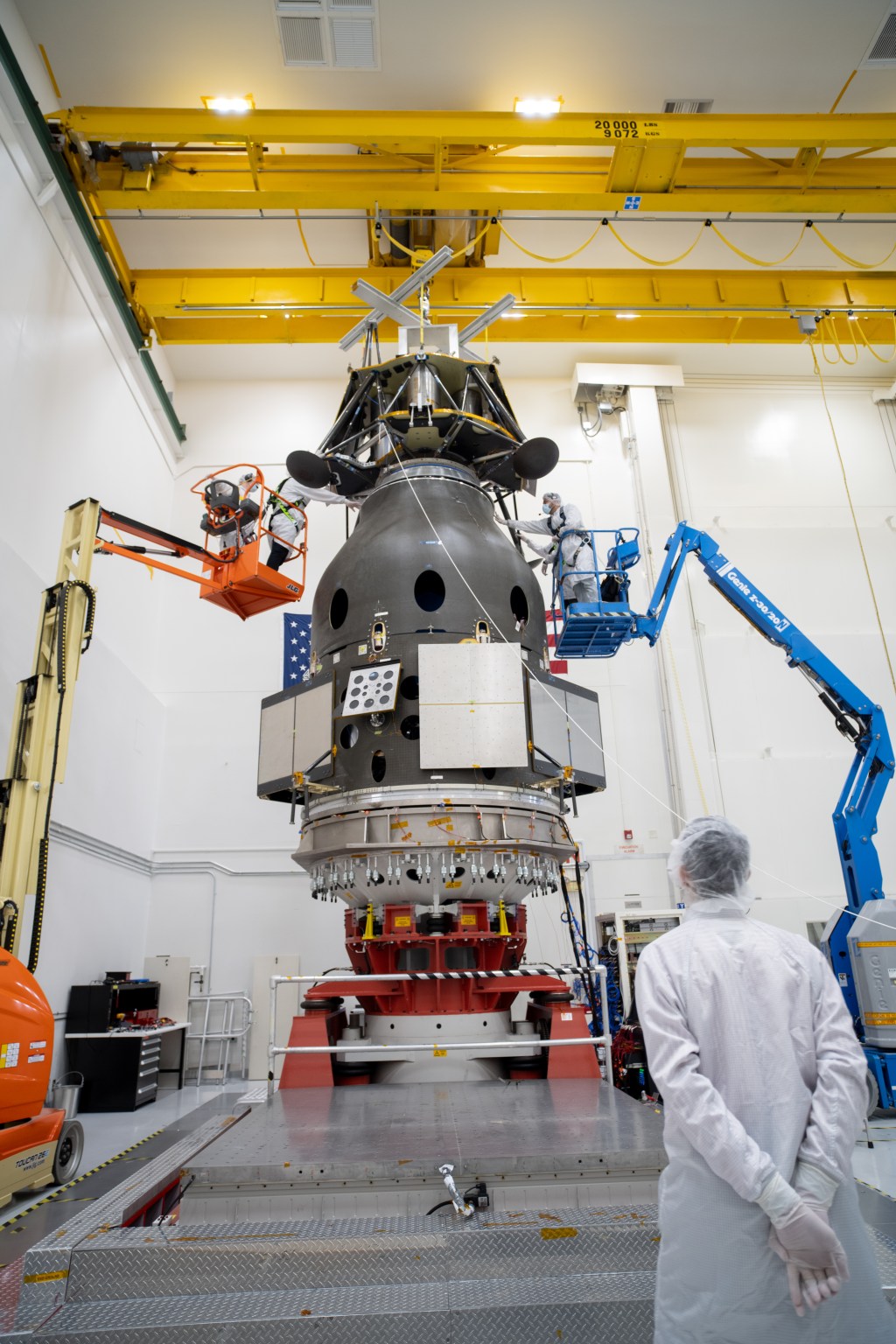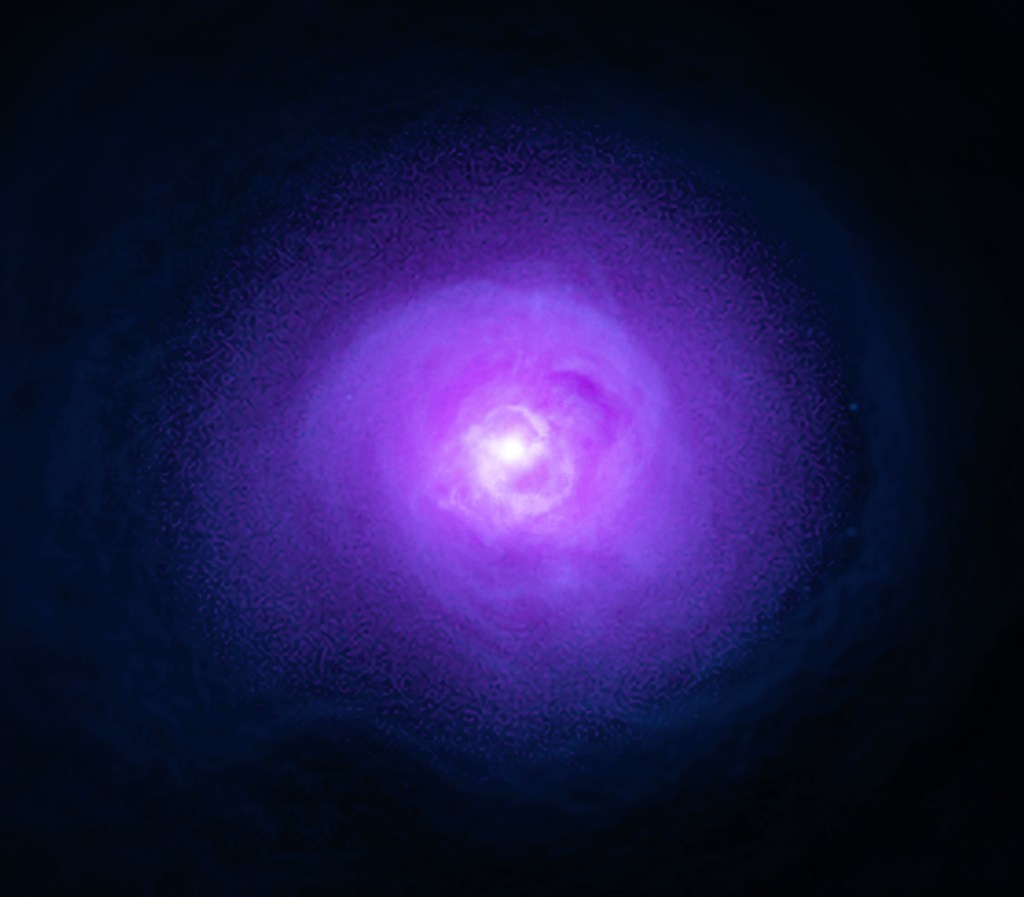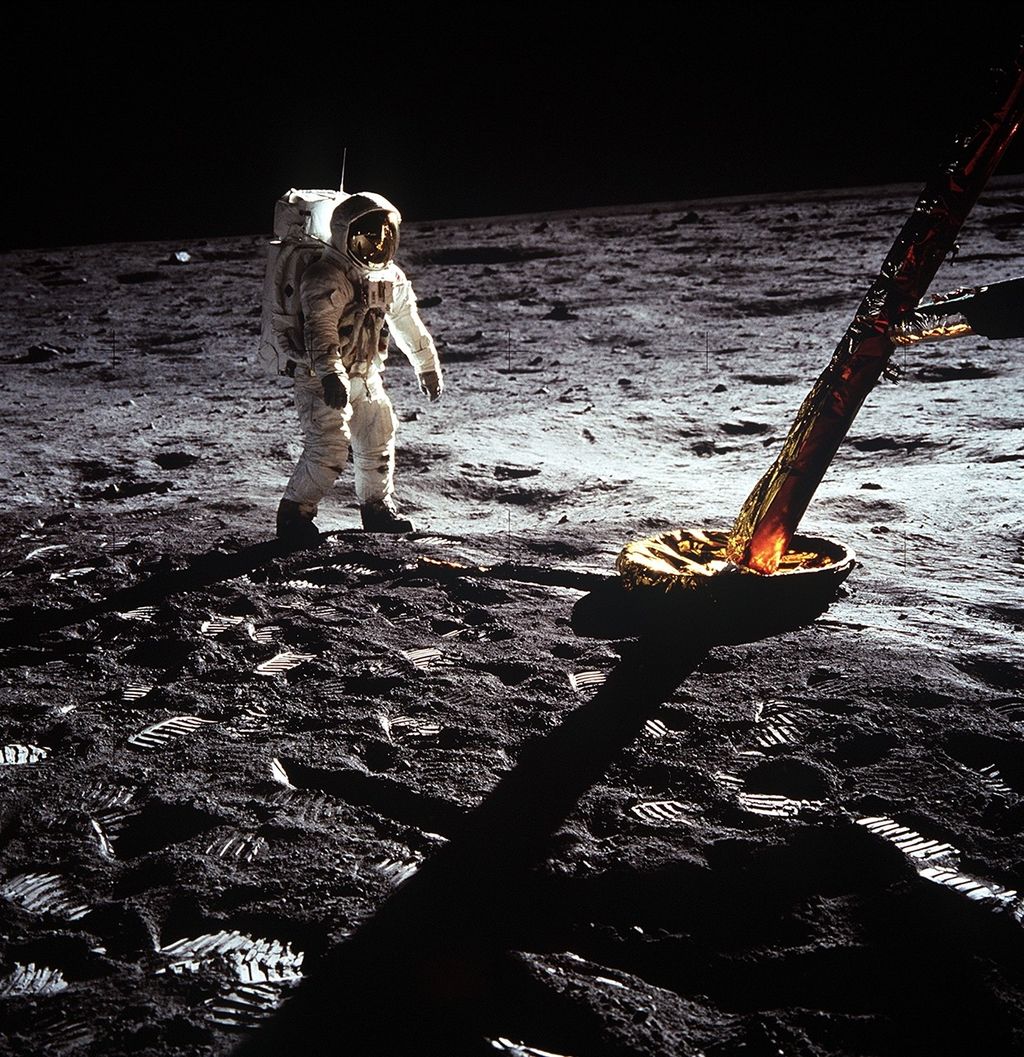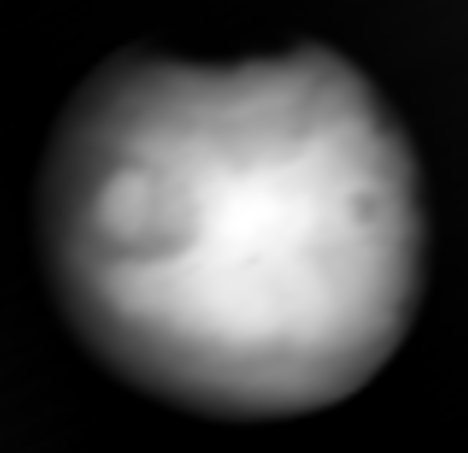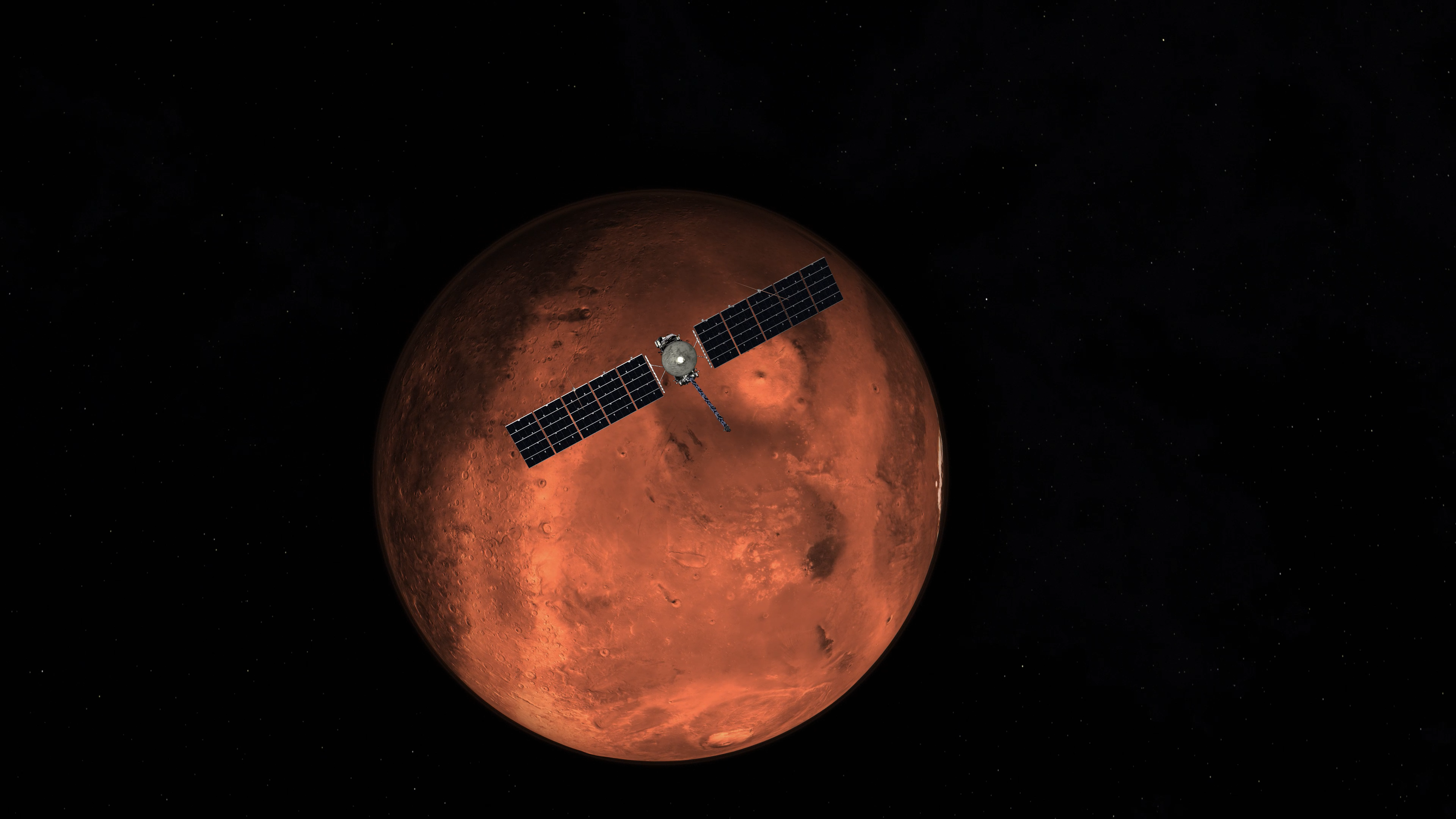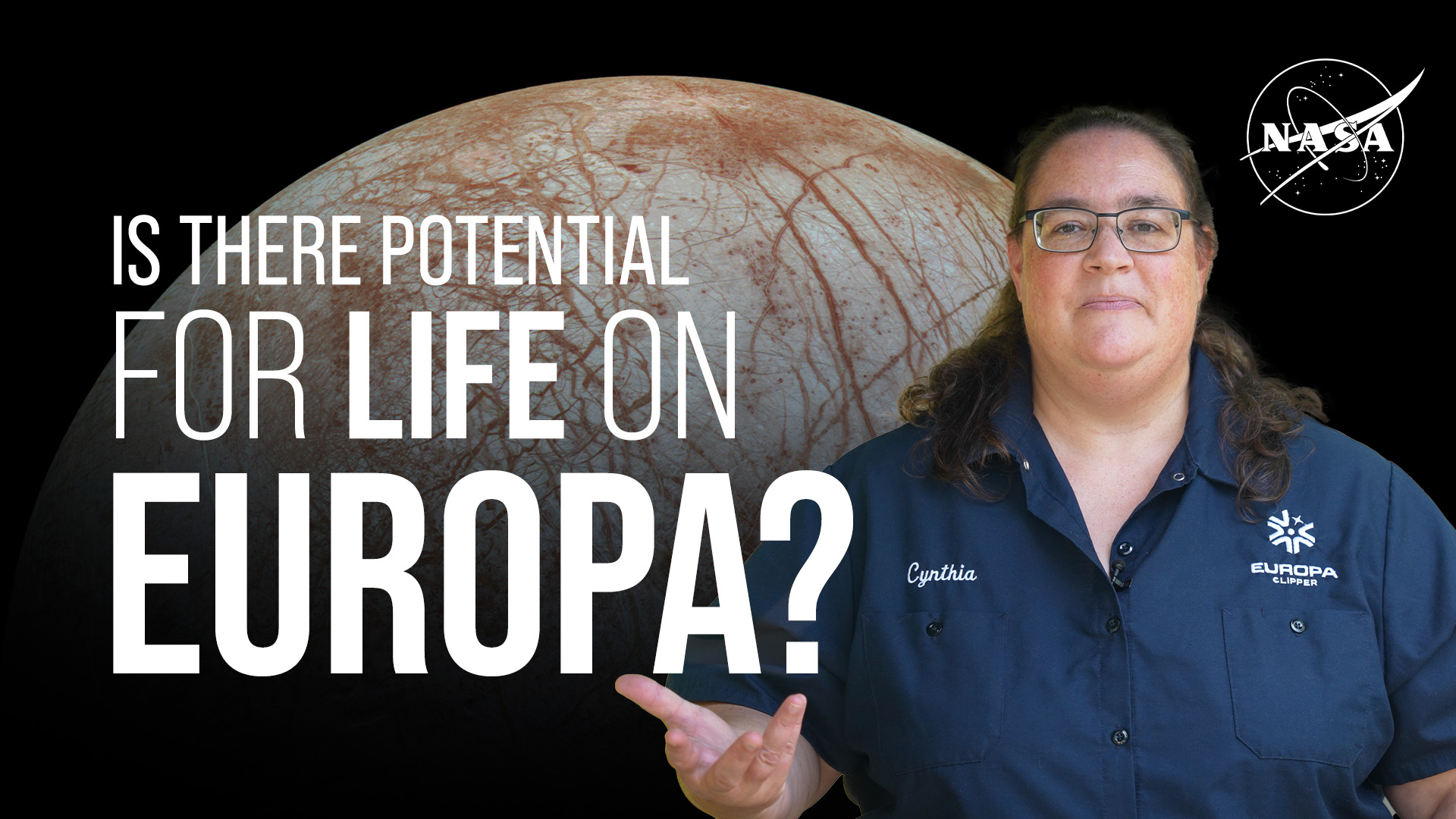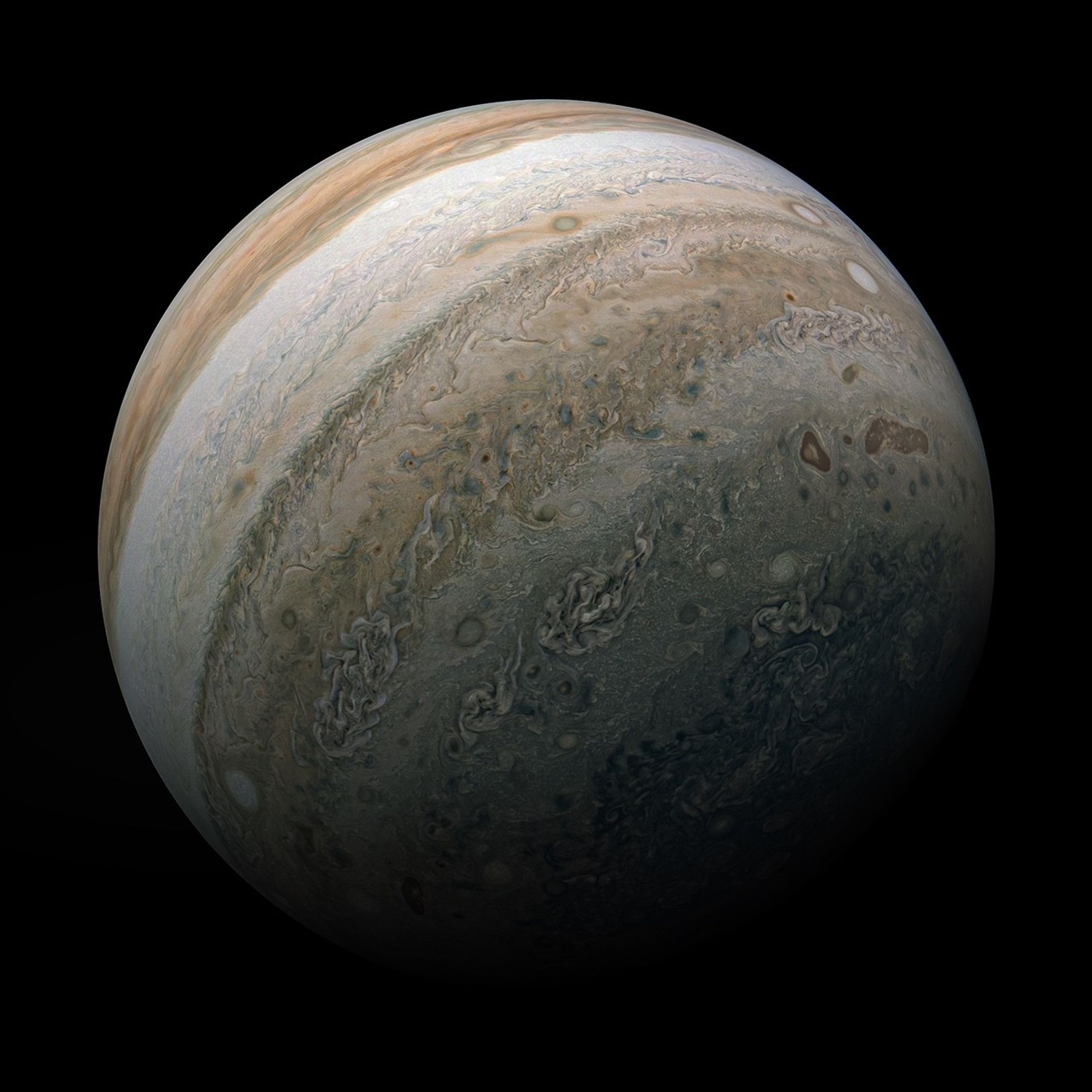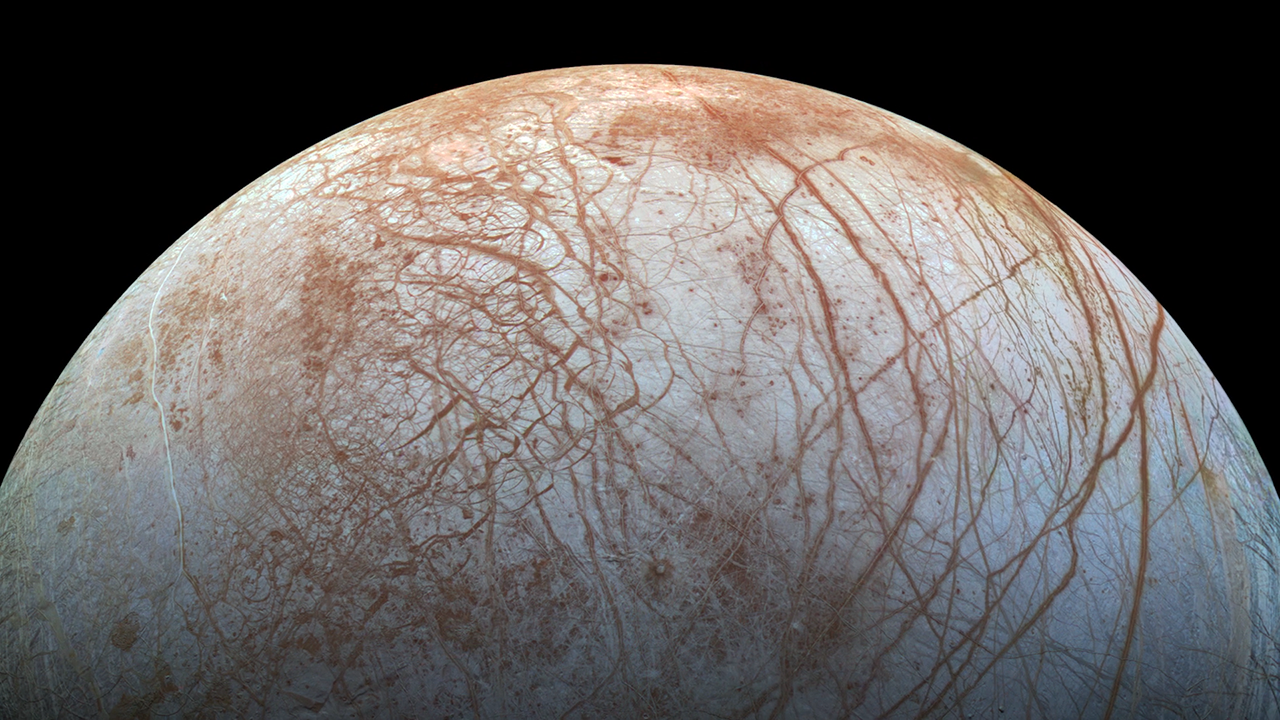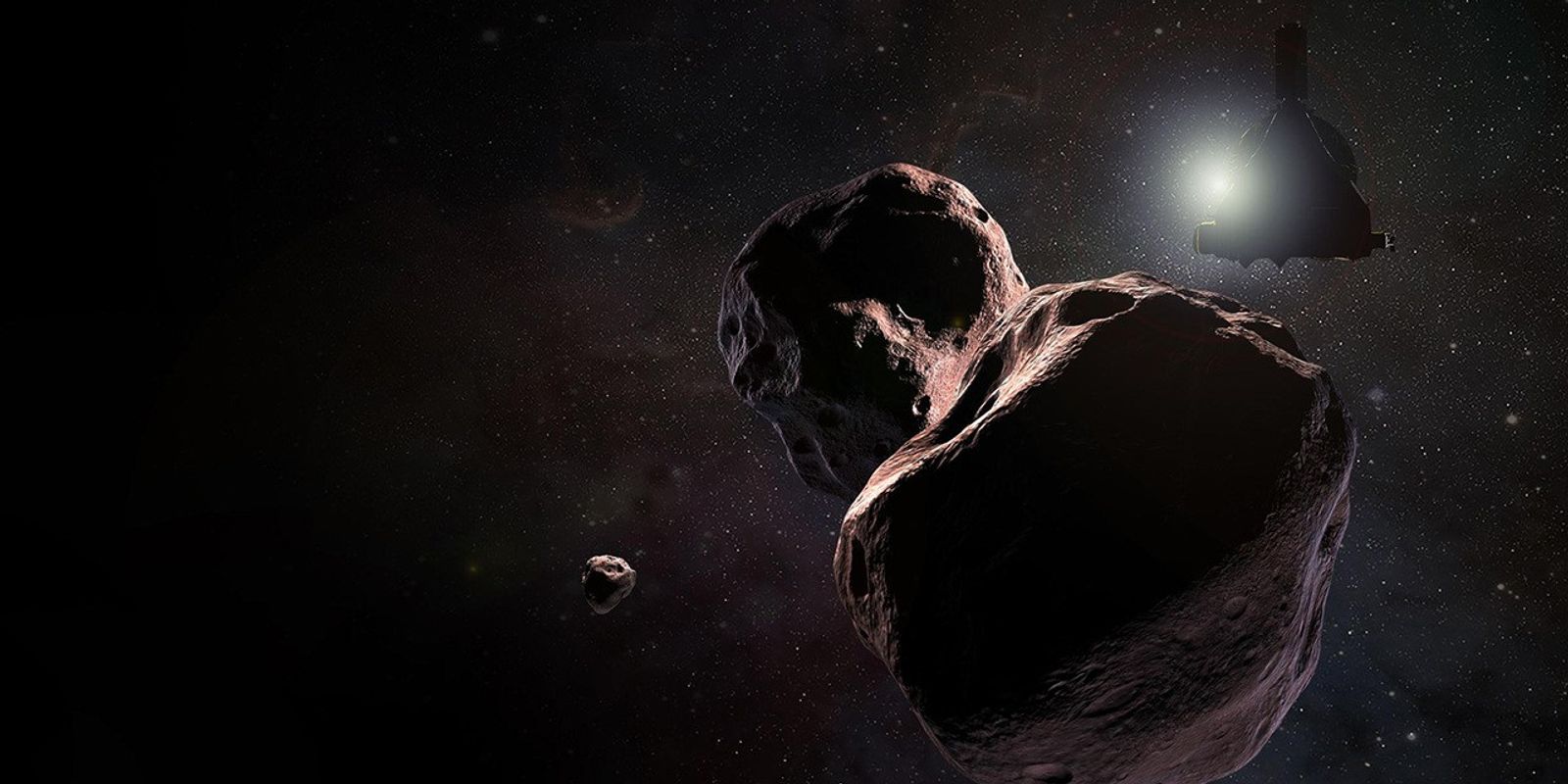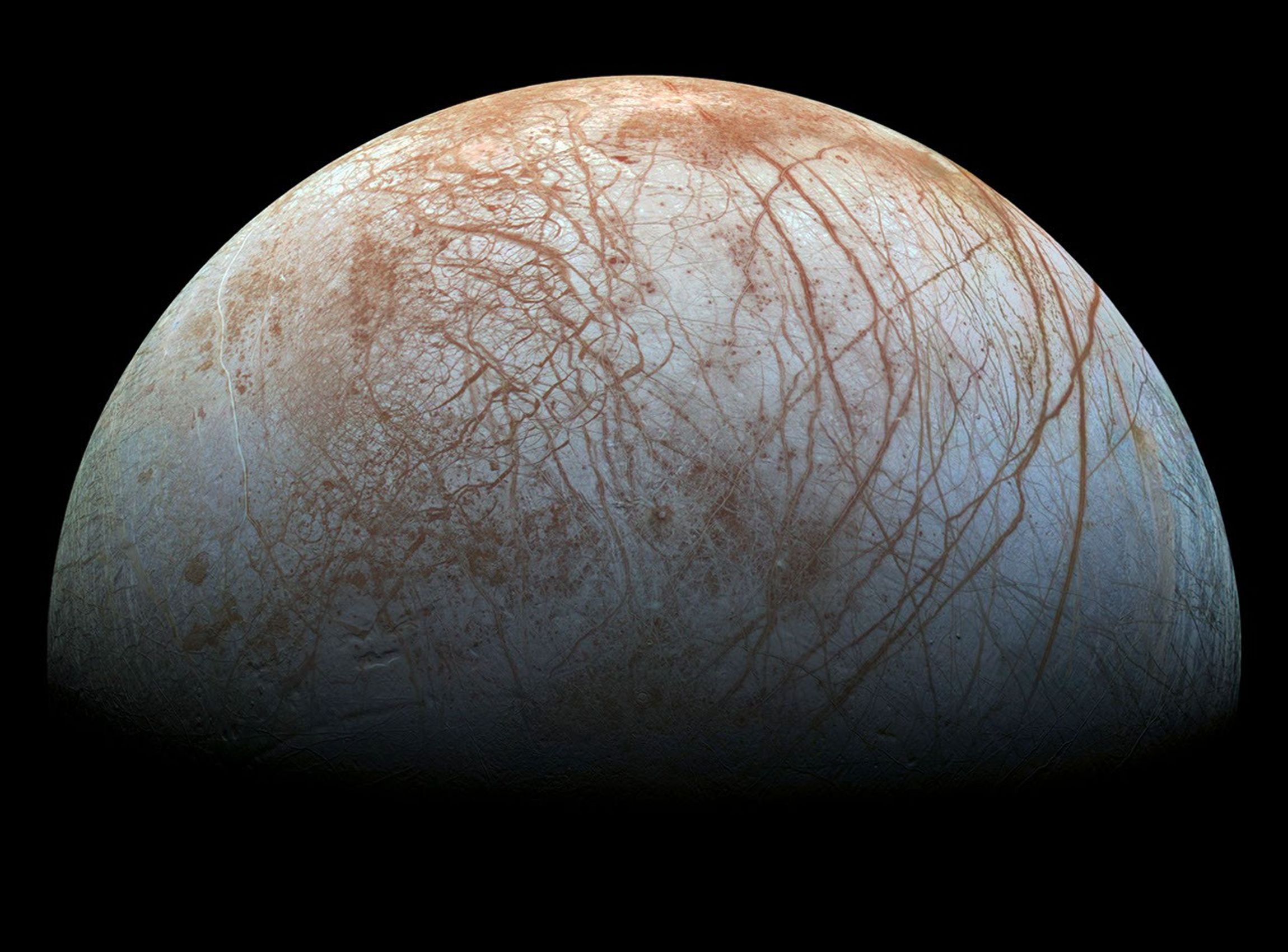
Europa
There is strong evidence Jupiter's moon Europa has a saltwater ocean that may be one of the best places to look for environments where life could exist beyond Earth.
Facts About Europa
Europa is the fourth largest of Jupiter’s 95 moons. It's the sixth-closest moon to the planet.
Europa may be one of the most promising places in our solar system to find present-day environments suitable for some form of life beyond Earth. Scientists believe a saltwater ocean lies beneath its icy shell, holding twice as much water as Earth's global ocean. It also may have the chemical elements that are key ingredients to life. NASA launched Europa Clipper on Oct. 14, 2024, to determine whether there are places below Europa's surface that could support life.
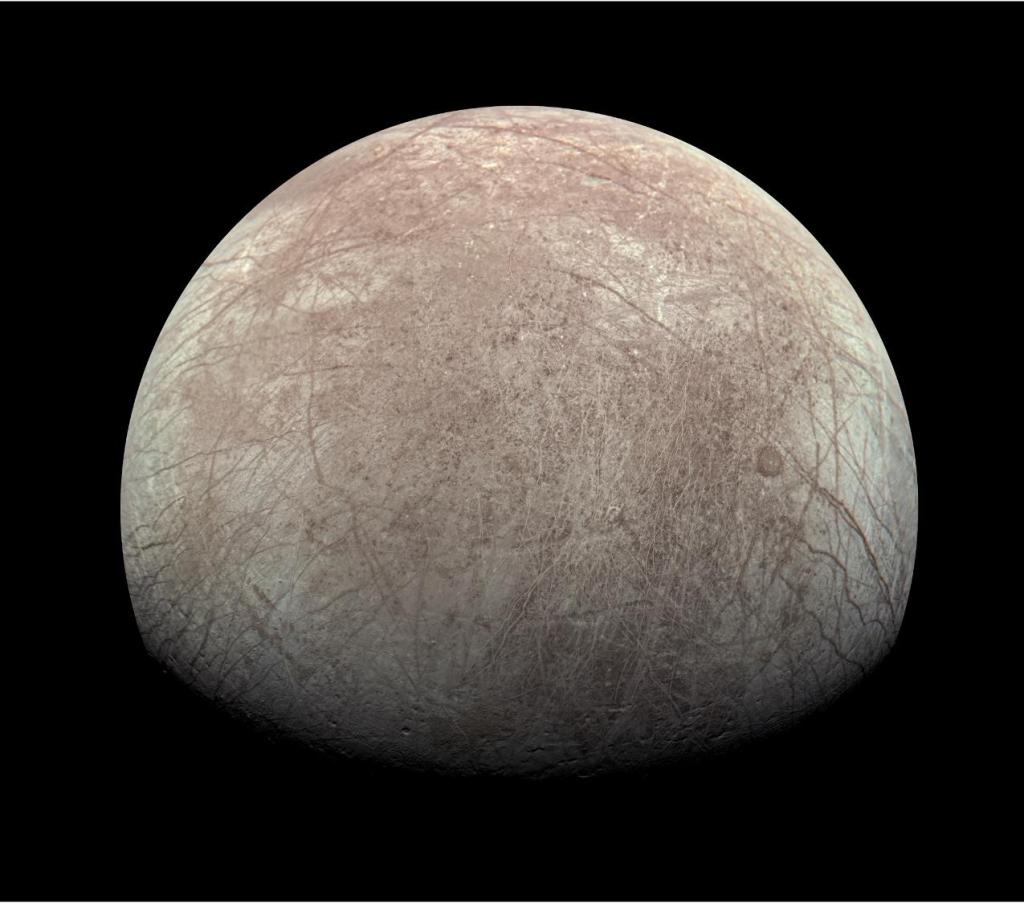
Exploring Europa
NASA's Europa Clipper launched on Oct. 14, 2024, on the first mission to conduct a detailed science investigation of Europa.
Six robotic spacecraft have explored Europa, and scientists do regular observations of the moon with Hubble Space Telescope. Europa was first observed up close during the Jupiter flybys of Pioneer 10, Pioneer 11, Voyager 1 and Voyager 2. Most of what we know about the moon comes from observations by the Galileo mission. NASA's Juno spacecraft is orbiting Jupiter, and has made close flybys of Europa.

Europa Multimedia
Images, posters and more.
